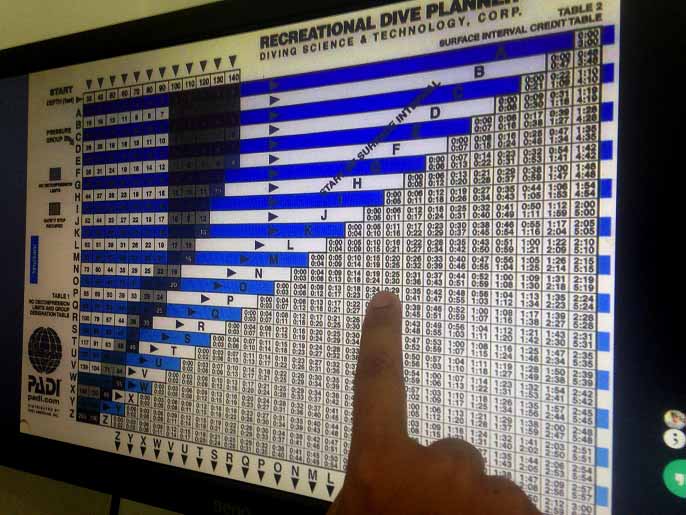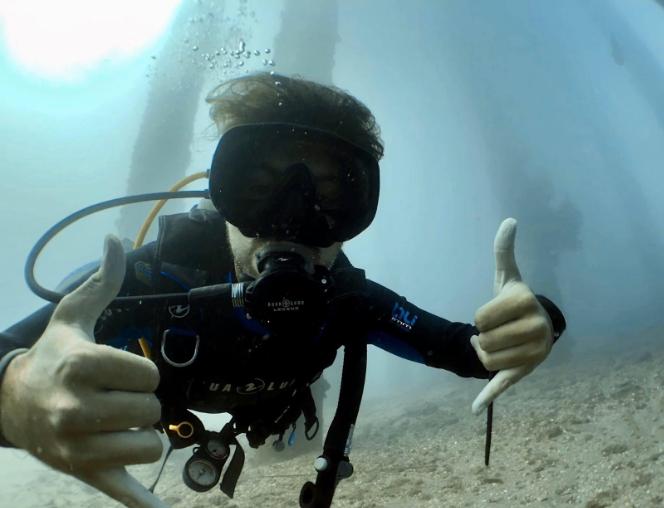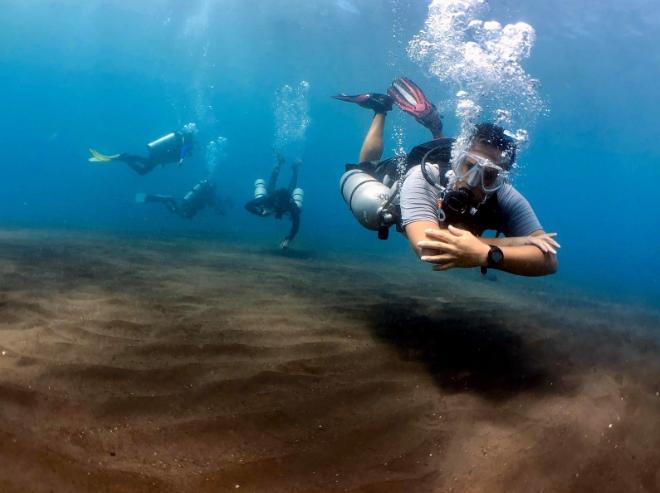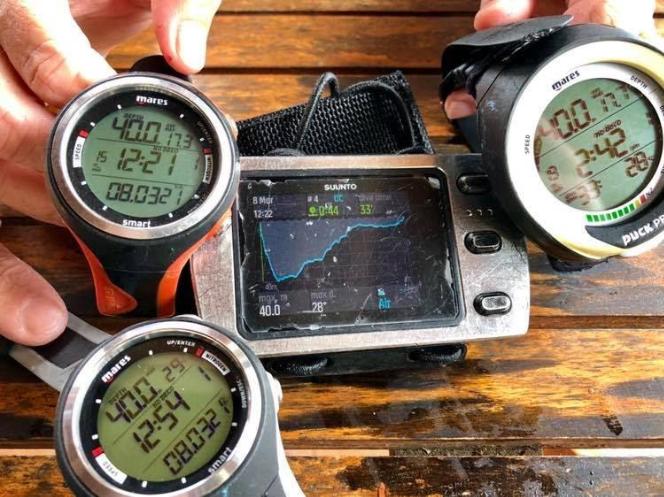Divemaster Internship Note – Surface Interval
Diving is one of the most exciting outdoor activities. In fact, diving is recommended for its health benefits including body strength and flexibility, lowering blood pressure, improved breathing and generally increasing fitness levels. However, it is important to learn how to do it right and this is the main focus of any Divemaster Internship.
If you want to become a PADI Divemaster, you have to learn all aspects of diving not only to improve your capability but also to guarantee the safety of those under your watch. Just like many sporting activities, there are risks involved and to avoid injury and even death, safety and the right techniques should be the focus of any Divemaster’s program.
To become a successful PADI Divemaster, it is essential that you learn and understand all aspects of diving; this is to improve your skills and capabilities but also to guarantee the safety of those under your watch.
Dive planning is an important part of the skills you need to have to be a good and safe Divemaster. During your Divemaster internship, we will discuss dive plans and organization.
Let’s take a closer look at the surface interval.
Basics of Surface Interval
Before we jump in, it is important that you comprehend the theories of diving and its terms. Surface Interval or SI is a term used for the time that a diver remains out of the water between dives. Why is this important? While it may be every diver’s dream to stay underwater for lengthy periods, it is vital to understand that for every minute you are underwater, the amount of nitrogen within your bloodstream increases and it is imperative to release or neutralize the nitrogen by resurfacing for a period of time less you suffer injuries or even death.
The more you dive, the higher the nitrogen levels in your bloodstream. It usually takes several hours for nitrogen to completely leave your system, so with every dive, the amount of time you can spend underwater will decrease. This applies even to dives with No-Decompression Limits (NDL) as nitrogen residue will still remain in your body; therefore the need for Surface Intervals to continue to off-gas and neutralize. SI also helps to avoid Decompression Sickness (SI), which can be extremely painful and causes disorientation.
Below are some common questions answered by a Divemaster to help you to fully appreciate the need for Surface Intervals:
- When Does a Surface Interval Begin? SI starts once you are fully out of the water and you are no longer breathing from the regulator. If you are floating on the water surface without using the regulator, this is still part of SI. SI usually begins when a diver reaches the surface.
- When Does a Surface Interval End? SI ends the moment you dive back underwater. It is advisable to calculate the amount of nitrogen still left in your body using your Pressure Group and Nitrogen Residue Time.
- How Long After a Dive Should a Diver Keep Track of His Surface Interval? Nitrogen will remain in your body after every dive. Therefore it is advisable to avoid boarding a flight for at least 12 hours after a single dive and 18 hours after multiple dives. 6 hours after a recreational dive is considered enough time to off-gas.
- What Should a Diver Do During a Surface Interval? SI is all about rest and recuperation, rehydration and enjoying the scenery. Avoid strenuous activities, alcohol and any other activity that compromises your energy levels. Your body should be allowed to off-gas by relaxing. Avoid food that can make you gassy as this can compromise your dive.
Always use Surface Intervals (SI) as a chance to rejuvenate before your next dive. Drink plenty of water to rehydrate and try to relax as much as possible. As a professional diver, your safety and the safety of your customers lie in your hands. Want to be a professional PADI Divemaster? Learn how to be a good dive leader with Blue Season Bali Divemaster Internship. Contact us now!



